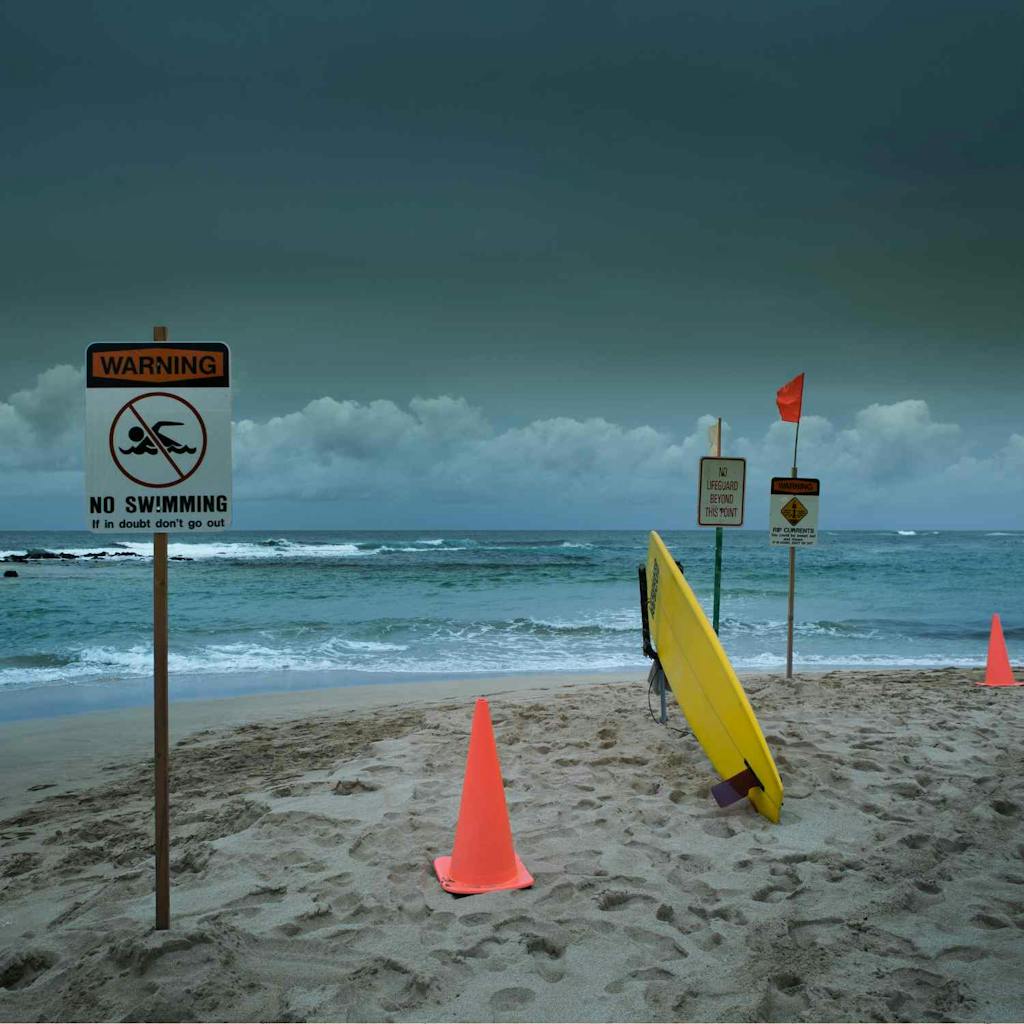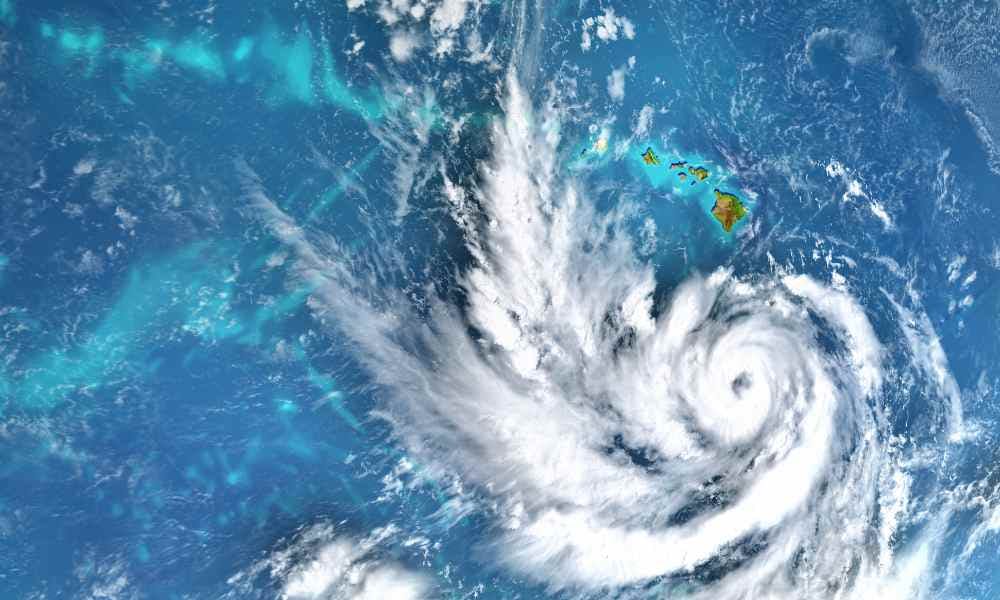Depending when you plan your vacation, you may worry about Hawaii hurricanes. The islands are a potential target for these menacing storms, especially from June through November.
So, it’s important you know a bit about past hurricanes in Hawaii, the factors that contribute to hurricane formation, and how to track potential storms.
All About Hawaii Hurricanes
Hurricanes have hit Hawaii in the past, and they’re sure to hit again. The key, at least climatologically speaking, is the direction of the storm’s approach.
Virtually all hurricanes in and near Hawaii since 1950 have approached from the southeast, south, or southwest. Why? Sea-surface temperatures are typically warmer south of the islands.
In El Nino years, the trade winds that sometimes trap tropical cyclones south of the islands relax. This draws lingering storms northward.
But remember, an El Nino does not guarantee a hurricane will impact Hawaii.
According to Dr. Rick Knabb, director of the National Hurricane Center and former Hurricane Expert at The Weather Channel, and average of four or five tropical cyclones occur in the Central Pacific Ocean Basin (between 140-180 degrees west longitude) each year. About two-thirds of those systems come from the eastern Pacific basin.
August is the peak month for tropical cyclones in the Central Pacific Basin, seeing twice as many as September throughout the past 50 years.
Know Your Former Hurricanes
The Weather Channel reports that the costliest hurricane in Hawaii’s history, Hurricane Iniki, originated in the eastern Pacific as a tropical depression on Sept. 5, 1992, before it crossed over into the central Pacific Ocean basin. There, it became a tropical storm and eventually a powerful hurricane. Again, note that the track was initially well south of Hawaii before it curled north.
The island of Kauai was especially hard hit by damaging winds. Many structures were wiped out along the southern coast by storm surge flooding and large, battering waves.

Other hurricanes that have had significant direct impacts on Hawaii in recent decades were Nina (1957), Dot (1959), and Iwa (1982).
Iniki is the only one that officially originated as a tropical cyclone in the eastern Pacific Ocean basin. It’s possible that Dot also originated in the eastern Pacific, but it can’t be confirmed because of poor data over the oceans in 1959.
Tropical Storm Calvin (2023) is an example of a tropical cyclone that originated in the eastern Pacific and was aimed at the Big Island of Hawaii before it weakened dramatically due to wind shear.
What to Expect for Hawaii Hurricanes
Nearly all hurricanes that track as far north as the Big Island weaken, and here’s why:
- Drier, more stable air from the northeast of Hawaii eventually inhibits thunderstorms from persisting.
- Wind shear (the change in wind speed and/or direction with height) is typically stronger near the Hawaiian islands, acting to displace thunderstorms from the cyclone’s center.
- Cooler sea-surface temperatures in the Pacific waters to the east of the Big Island of Hawaii keep the air somewhat cooler above it, increasing the atmosphere’s stability and making it less susceptible to forming and maintaining thunderstorms.
Worrying About Hurricanes
So, back to the title of our blog: Should you worry about hurricanes in Hawaii? The short answer is: No. Don’t WORRY about a hurricane, but be aware that one could form, especially during hurricane season.
And, if you’re concerned about what to do in the event of a hurricane in Hawaii, know this: Your Hawaii hotel will have contingency plans for guests should an emergency happen.
So, go ahead and make your Hawaii vacation plans. And rest easy knowing you’ll be in good hands should a storm come our way.




